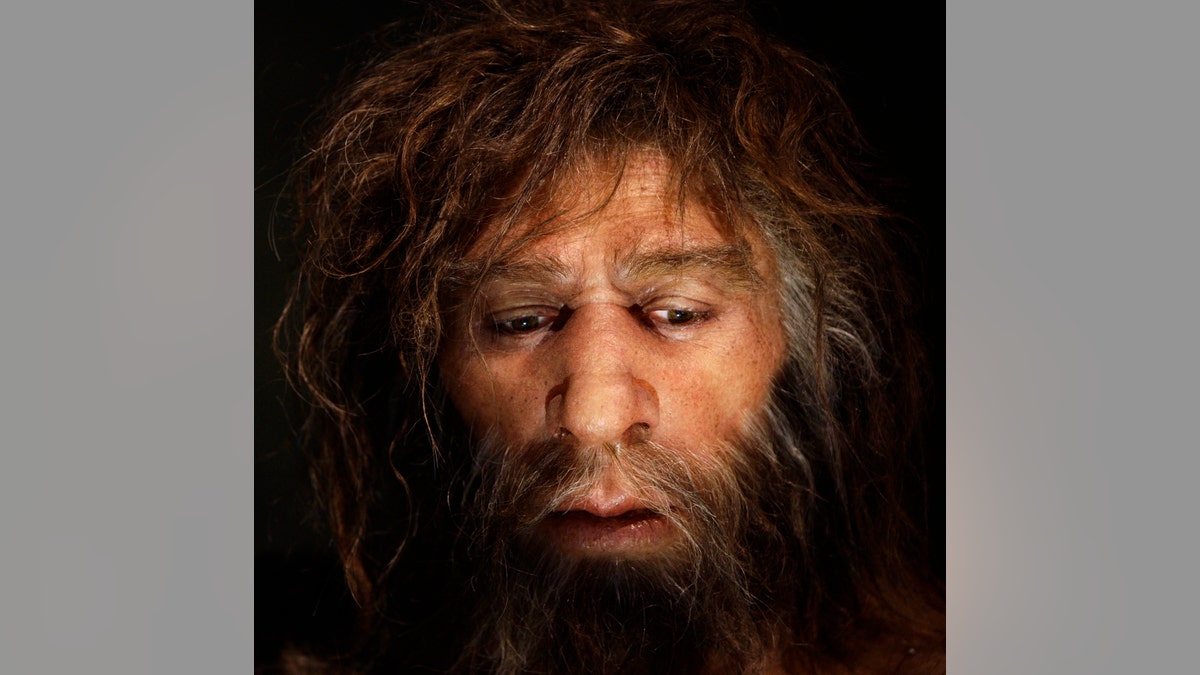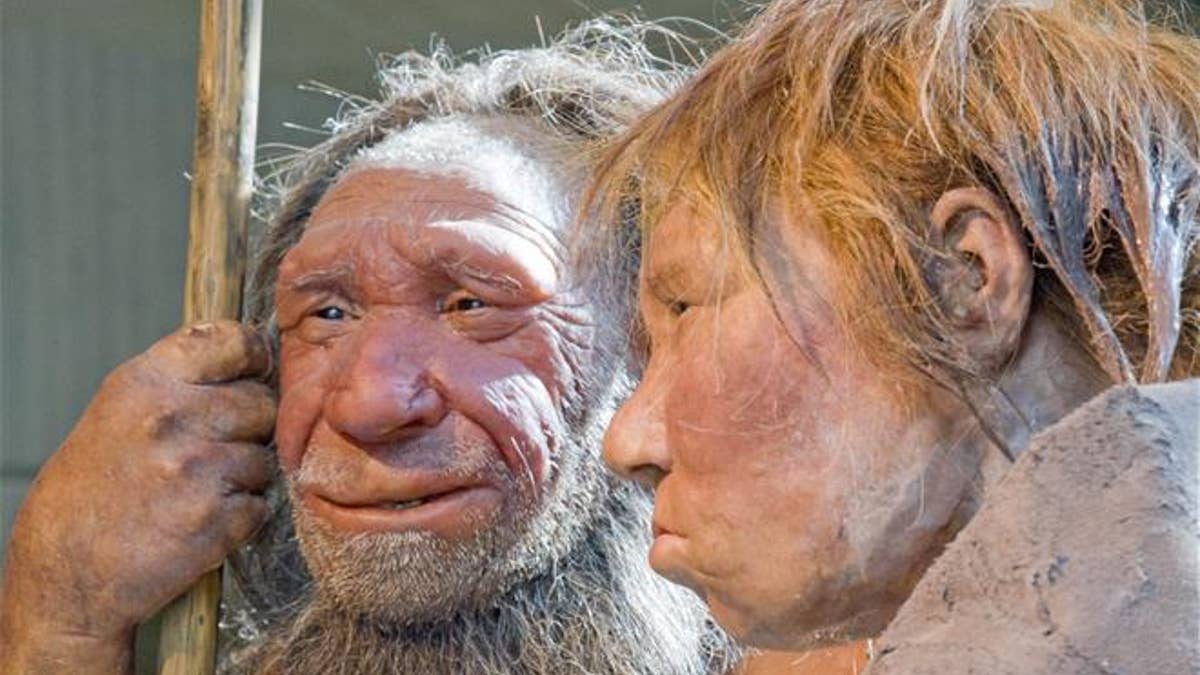Bones reveal Neanderthal child was eaten by large bird
Archaeologists in Poland have identified the prehistoric bones of a Neanderthal child, that appears to have been eaten by a large bird.
Scientists at Princeton University have made a stunning Neanderthal ancestry discovery that sheds new light on human history.
Neanderthal DNA has typically been associated with modern humans outside of Africa. However, by developing a new method for finding Neanderthal DNA in the human genome, the Princeton researchers have, for the first time, searched for Neanderthal ancestry in African populations, as well as those outside the African continent.
A paper on the research has been published in the journal Cell.
NEANDERTHAL BEACHCOMBERS WENT DIVING FOR SEASHELLS, SCIENTISTS DISCOVER
“When the first Neanderthal genome was sequenced, using DNA collected from ancient bones, it was accompanied by the discovery that modern humans in Asia, Europe and America inherited approximately 2 percent of their DNA from Neanderthals — proving humans and Neanderthals had interbred after humans left Africa,” the scientists explained, in a statement. “A comparable catalogue of Neanderthal ancestry in African populations, however, has remained an acknowledged blind spot for the field due to technical constraints and the assumption that Neanderthals and ancestral African populations were geographically isolated from each other.”

File photo - Hyperrealistic face of a neanderthal male is displayed in a cave in the new Neanderthal Museum in the northern Croatian town of Krapina Feb. 25, 2010. (REUTERS/Nikola Solic)
The new computational method for detecting Neanderthal ancestry, dubbed IBDmix, has already delivered results.
“This is the first time we can detect the actual signal of Neanderthal ancestry in Africans,” said co-first author Lu Chen, a postdoctoral research associate in Princeton's Lewis-Sigler Institute for Integrative Genomics (LSI), who is co-first author of the study. “And it surprisingly showed a higher level than we previously thought.”
GRISLY DISCOVERY: BONES REVEAL NEANDERTHAL CHILD WAS EATEN BY LARGE BIRD
Researchers found that Neanderthal ancestry in Africans was not due to an “independent interbreeding event” between Neanderthals and African populations. Instead, they came to the conclusion that migrations of ancient Europeans back into Africa introduced Neanderthal ancestry into populations in the African continent.

Illustration - Princeton researchers made a fascinating discovery by studying Neanderthal DNA in the human genome. (Matilda Luk, Princeton University Office of Communications)
By comparing data from simulations of human history to data from real people, experts also found that some of the Neanderthal ancestry detected in Africans was the result of human DNA introduced into the Neanderthal genome. “This human-to-Neanderthal gene flow involved an early dispersing group of humans out of Africa, occurring at least 100,000 years ago — before the Out-of-Africa migration responsible for modern human colonization of Europe and Asia and before the interbreeding event that introduced Neanderthal DNA into modern humans,” the scientists said, in the statement.
The study, which was funded by the National Institute of General Medical Sciences, was led by Joshua Akey, a professor at the Lewis-Sigler Institute for Integrative Genomics. The researchers acknowledge that they were able to analyze a limited number of African populations and hope that their findings will inspire further study.
CLIMATE CHANGE DROVE SOME NEANDERTHALS TO CANNIBALISM
Experts have gained fresh insight into Neanderthals in recent years. In 2018, for example, archaeologists in Poland identified the prehistoric bones of a Neanderthal child eaten by a large bird.

File photo - This March 20, 2009 photo shows reconstructions of a Neanderthal man named "N," left, and woman called "Wilma," right, at the Neanderthal Museum in Mettmann, Germany. (AP Photo/Martin Meissner)
In another study released in 2018, scientists suggested that climate change played a larger part in Neanderthals’ extinction than previously thought.
SOME OF OLDEST NEANDERTHAL BONES HAVE BEEN DNA TESTED SHOWING MORE THAN 70 DIFFERENCES
Last year, researchers in France reported that climate change drove some Neanderthals to cannibalism.
In another study, experts studied seashells fashioned into tools that were discovered in Italy in 1949 to reveal how some Neanderthals had a much closer connection to the sea than was previously thought, according to a statement released by the University of Colorado Boulder.
CLICK HERE TO GET THE FOX NEWS APP
The closest human species to homo sapiens, Neanderthals lived in Eurasia for around 350,000 years. Scientists in Poland report that Neanderthals in Europe mostly became extinct 35,000 years ago. However, there are a number of theories on the timing of Neanderthals’ extinction, with experts saying that it could have occurred 40,000, 27,000 or 24,000 years ago.
Fox News’ Chris Ciaccia contributed to this article.
Follow James Rogers on Twitter @jamesjrogers

